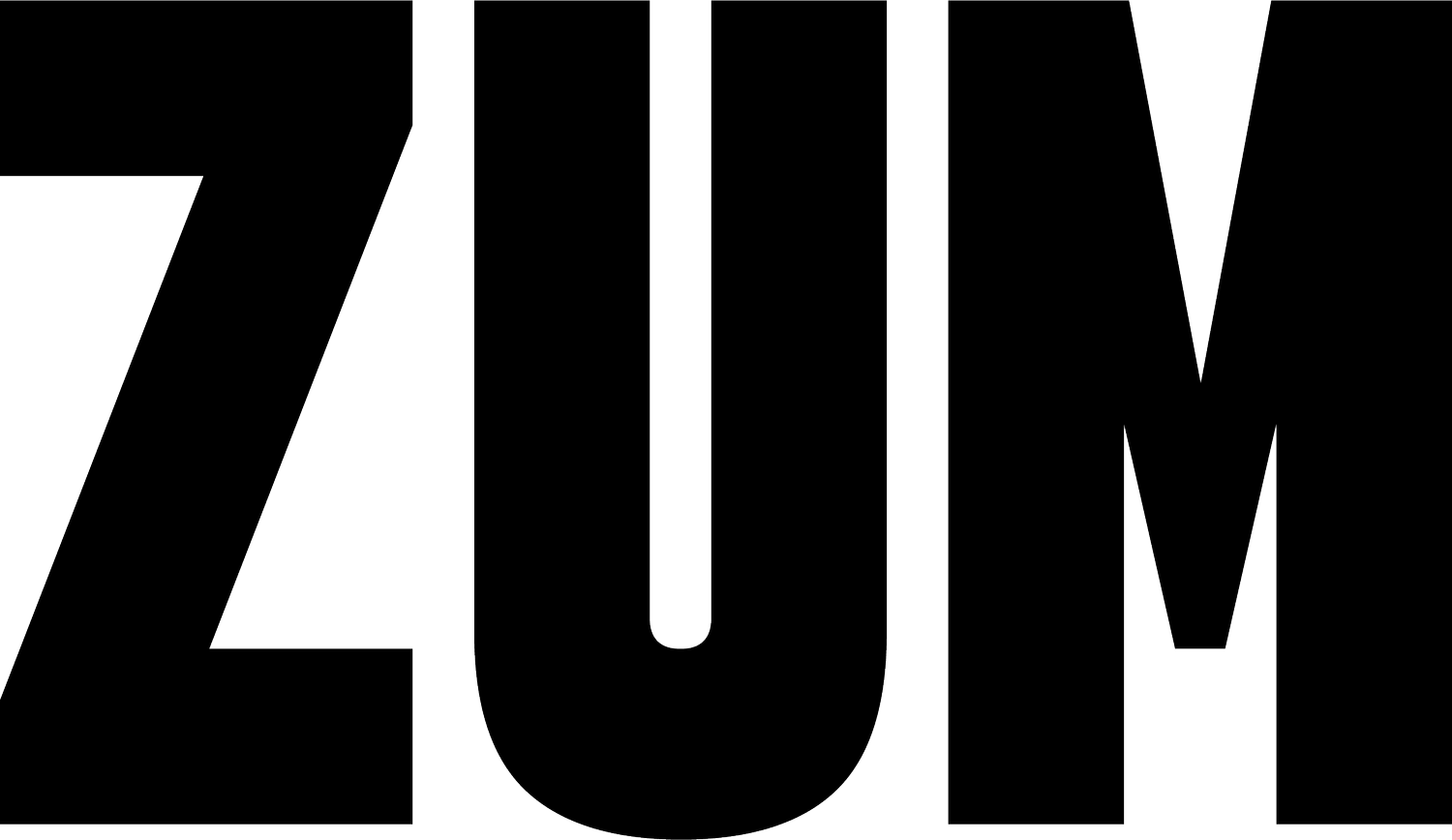Constructive Feedback for Creatives
Have you ever been here? You're out of time. You're out of money. Your boss needs that infographic tomorrow.
All you have is an idea that your designer just doesn't get. It feels like you’re drowning … we know.You're not alone! This scenario is frustrating for clients as well as their creative consultants. It's easy for misunderstandings to kill communication altogether.So let us throw you a line. We know a thing or two about the client-consultant relationship. Here are some tips to help rescue your project and set you up for success next time.
Clarify Your Objective
Sometimes you don’t know exactly what you want and that’s ok. But you do need to know why you want it. Before any design work begins you need to clarify the basic objective - in writing. This is generally referred to as the creative brief. We love ‘em. In fact, at ZUM we rarely work without one.
Write a Creative Brief
The creative brief should be the key reference for your designer's choices and for your constructive feedback. It summarizes objective, deliverables, messaging, defines audience, and provides relevant background. It doesn’t have to be long to be useful. It needs to be accurate. Skip the creative brief and you sell yourself short. You’ll end up in the deep end again. If your consultant doesn’t initiate one, write it yourself. Here’s an example of a succinct creative brief:We need to create an email newsletter template for the Nova HR department. The goal of the newsletter is to make employees feel happy they work at Nova and stay well informed. In the past these emails were sent in a text only format, and weren't visually appealing or easy to scan. We want the new template to highlight important updates, and delight employees with the latest work perks. The design should follow Nova brand guidelines but also have a unique aspect that feels warm and personal.Notice this creative brief doesn't direct design. It defines outcome.
Prepare an Open Mind
Don't expect to love what your designer shares at first. It's rare to strike gold on the first pass! The initial draft is an exploration of your designer's experience, ideas, aesthetic and your input. That exploration, however, should be based on the creative brief. So, in your first round of feedback focus less on how perfect the piece is and more on understanding what the designer did and why. Get in a curious state of mind, rather than a critical one. Weigh the work against the creative brief, and note where there's alignment and where there isn't. Keep the faith! It's common to go several rounds before you have something that's on the money.
Praise What Works
Start positive. It'll keep your designer's spirits up and creativity intact. Though the work may appear far from the mark initially, if you maintain enthusiasm for their efforts they are more likely to stay energized about the project and be receptive to changes – and a lot can change over a couple revisions. Invite explanations for their choices. Use this review time to uncover what assumptions you and the designers may have, and clarify. When you move on to areas for improvement, use phrases that show your confidence in them like "You seem to have a solid grasp of typography. I'm wondering if we could explore an additional option for this headline that has a more executive feel…"
Direct. Don't Design.
At some point you may be tempted to take the design into your own hands. Resist! You're paying for this person's creativity and technical expertise. Let them do the problem-solving. Refer to brand guidelines when specific design elements are necessary, but in general allow the designer to find a good solution. Even though you may want to say "Make this line all caps and put it at the very top," instead try something more goal-oriented like, "We want to emphasize this message and call it out in some unique way." Remember, it's not your job to know how to achieve your goal. You are responsible for keeping that goal in view and recognizing where execution strays.
Offer Suggestions
Your creative consultant wants to hear your suggestions! They may not incorporate your ideas literally, but hearing your musings will give them additional context, and nudge them closer to bingo. Share examples of a layout, color palette or typography you think would serve the piece. Avoid saying "I don't like it," without explanation - for your sake and theirs. Take the time to understand why something isn't working. Your considerate explanations and suggestions will not only help them refocus, but also avoid repeating the problem. Never ask for additional versions without expressing what currently works, what doesn't and why.
Keep it Impersonal
You and the designer are partners in bringing this project to life. As you deliver feedback, refer to the piece and how it's working to achieve the goal, rather than how the designer did something right or wrong. For example, instead of saying, "I don't know what you were thinking here. Big, black lettering is not what we're going for," you can say, "What message does this font treatment suggest to you? For me, it doesn't appeal to our target audience." Remember, you're critiquing the piece, not the person. And, by remaining emotionally neutral and open-minded you may end up changing your mind for the better. Big, black lettering may actually be a trend among your target audience!
Talk it Out
Though you may conduct nearly all business over email, do get on the horn with your consultant. There's a lot of good back and forth that happens between clients and creatives over the phone. Designers like to explain their choices. For clients, there's always a little more backstory triggered by the latest draft, which is easier to relay in conversation.Ready to kick off a project? Start by filling out a creative brief! You can use this template from workfront.com.

